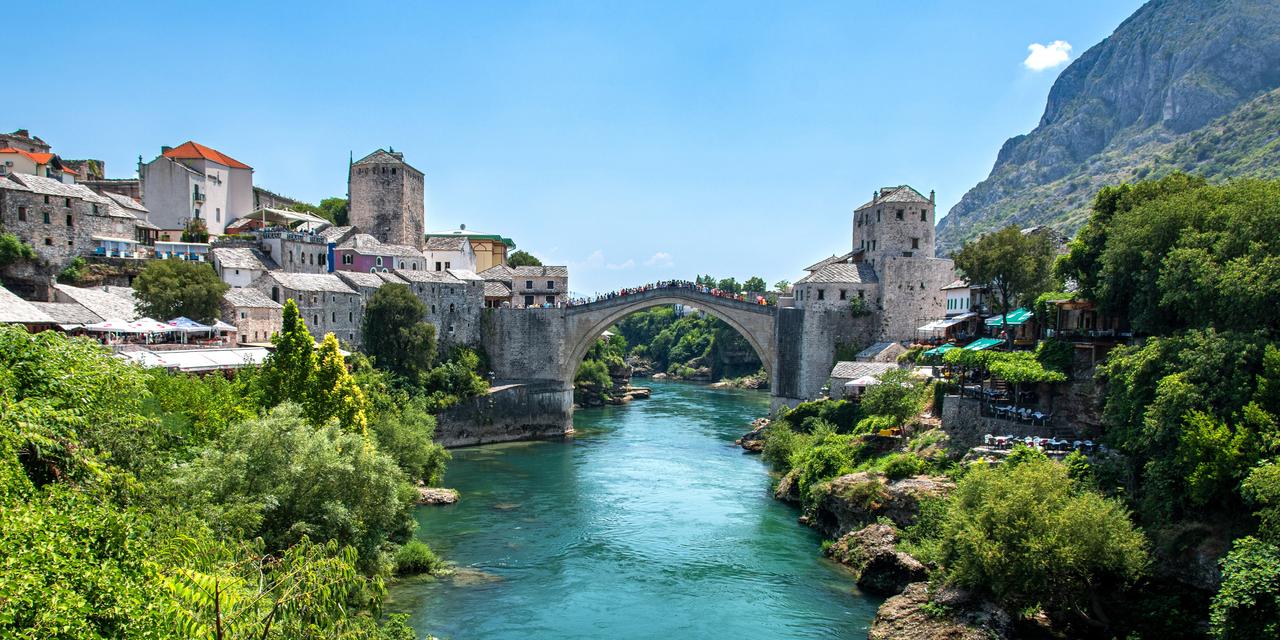


In Bosnia and Herzegovina, stone treasures, canyons and cypress trees await
FeatureThe Balkan country, with its painful past, is rich in historical sites and mountainous landscapes − from the Kravica Waterfalls to the Olympic sites of Sarajevo, from a medieval fortress to Tito's bunker.
Upon arrival, one looks for the scars. They are easy to find: bullet holes in buildings, mortar marks poorly covered by cement and the poignant "Sarajevo roses" − red ceramic petals marking spots where bombings killed groups of civilians. From 1992 to 1996, Sarajevo, the capital of Bosnia and Herzegovina, endured the longest siege in modern history.
Climbing towards the heights of the city, which is situated in a basin, it is possible to reach the front line from where Serbian snipers used to randomly shoot at the residents who were forced to use the road dubbed "Sniper's Alley" to fetch water and get to work. The most moving of these memories is the tunnel called the "Tunnel of Hope," now transformed into a museum. For four months, inhabitants dug 800 meters deep, passing under the airport; it was the only supply route for the besieged city.
The political leader of the Bosnian Serbs, Milorad Dodik, has been under an international arrest warrant by the Bosnian justice since March 27, 2025, for advocating the secession of the Republika Srpska − one of the three regional entities that make up Bosnia and Herzegovina. In spite of this, the image that Sarajevo presents today is instead one of a particularly open city.

You have 83.15% of this article left to read. The rest is for subscribers only.
